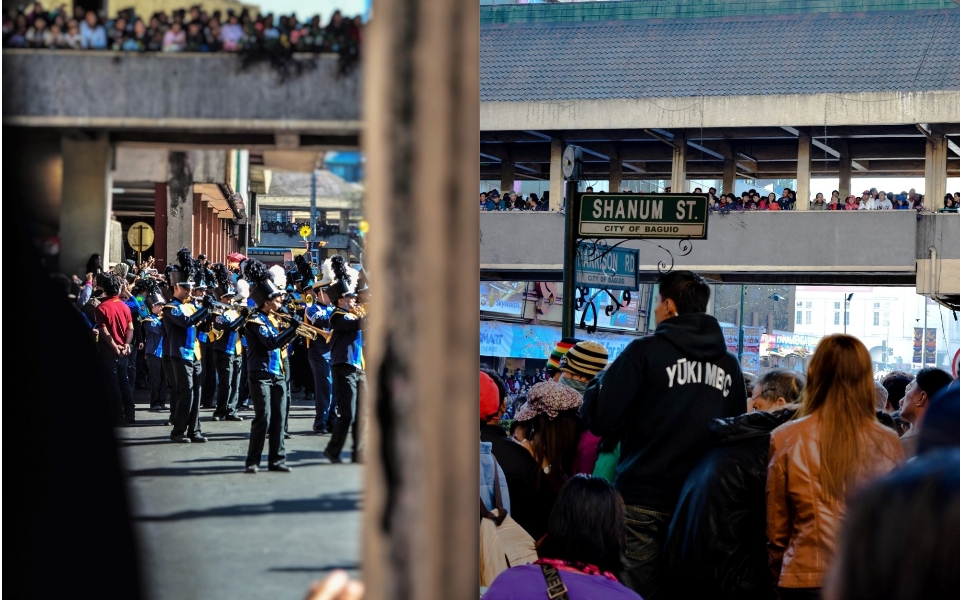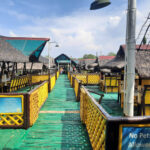The Panagbenga Flower Festival in Baguio is a rite of passage for most travelers in Luzon, if not the entire Philippines. Almost everyone wants to go to Baguio, especially during Panagbenga, either for a day trip or a week-long escapade.
Usually held in February, the Panagbenga flower festival runs for an entire month. The festival was founded to boost locals’ spirits after the 1990 earthquake, which ruined most of the cities’ structures and claimed the lives of thousands. It also serves to inspire locals to honor and remember their rich heritage.

Panagbenga borrows its name from the Kankanaey or Igorot word for “season of blooming, a time of flowering.” It was Ike Picpican, a museum curator and a leading authority in Igorot culture, who recommended the festival’s moniker in 1996.
The festival consists of an opening parade, followed by several performances, competitions, and bazaars. The grand flower float parade serves as a fitting climax to the festivities, followed by Session Road in Bloom.

The latter has the famed road lined with myriad stalls that showcase the province’s native products and delicacies, as well as what neighboring provinces have to offer. If you’re shopping around for local handicrafts and artworks, Session Road at this time is the perfect place to get them.
If you intend to travel on the day of the grand parade, the travel time to Baguio should take about six to seven hours. Traffic congestion is normal, which would make it somehow impossible for tourist buses to enter the center of town. Buses would often drop tourists near the Convention Center and dormitories, forcing them to walk uphill to reach town.

A natural stopover for ambling tourists is Burnham Park, which is linked to nearest route to Harrison Road. Some locals would advise tourists to head to Session Road to watch the parade, but crowd control officers knew better.
BFOWB attended the Panagbenga flower festival back in 2015. The spot this writer took was below the overpass near Hotel Veniz. Harrison Road was already a pandemonium by 6:00 in the morning, and the crowd swelled by the minute.

By 8:00 am, there was simply no means of getting through the chain of bodies eagerly waiting to get a glimpse of the parade. A lot of hard-headed festival goers had busted through the barricade rope into the space out front which made it impossible, not to mention see anything.
While it’s true that people can always see the parades on morning TV shows, nothing beats the thrill of getting into the spirit of Panagbenga. And nothing beats sharing the pride of Baguio locals in preserving their vibrant culture, in the weather’s cool embrace.
Panagbenga 2018 Schedule of Activities
See more photographs from the festival below:
[metaslider id=821]
Featured Image by Sandy Miguel







